On Pouches Review: A Corporate Buyer’s Guide
1. Nicotine Pouches
Nicotine pouches have rapidly evolved into a mainstream product within the smokeless nicotine category. Unlike traditional tobacco products, these pouches offer a clean, combustion-free way to deliver nicotine, appealing to modern consumers who prioritize discretion, portability, and health-conscious alternatives.
For corporate buyers and procurement teams, this trend presents a compelling opportunity to diversify product lines with fast-moving, regulation-compliant goods. However, selecting the right products and suppliers demands a strategic understanding of manufacturing quality, cost structure, regulatory environment, and customization pathways.
This guide provides a comprehensive framework for sourcing nicotine pouches in bulk—covering procurement strategies, cost considerations, white-label vs. OEM differences, and supplier selection tips.
2. How to Purchase Nicotine Pouches in Bulk
Step 1: Define Your Target Market
Understand the consumer profile you intend to serve. Younger demographics may prefer flavored, lower-nicotine pouches; experienced users may seek high-strength, unflavored options. Customization elements such as pouch texture, size (slim vs. standard), and material composition (plant-based, biodegradable) should align with market needs.
Step 2: Vet Reliable Suppliers
Suppliers fall into three main categories:
-
Nicotine Pouch Manufacturers: End-to-end production including flavoring, pouching, and packaging.
-
Liquid Nicotine Wholesalers: Raw nicotine providers for brands producing their own pouches.
-
OEM/White-Label Partners: Factories offering off-the-shelf or custom product lines under your branding.
Visit Snuff Factory’s nicotine pouch offerings.
Step 3: Confirm Compliance & Certification
Ensure your supplier complies with local and international regulations. U.S. buyers should verify FDA registration, while EU buyers should look for TPD-compliant products. ISO, GMP, and third-party lab certifications provide added assurance.
Step 4: Request Samples
Evaluate pouch quality, flavor strength, and user experience via physical samples. These trials are essential before committing to large volumes or launching a white-label program.
3. Procurement Channels by Region: A Comparative Overview
United States
-
Pros: High compliance standards, strong documentation, stable supply.
-
Cons: Higher production costs, limited OEM flexibility.
-
Best Use: Regulated retail or pharmaceutical-grade applications.
China
-
Pros: Competitive pricing, mass production capacity, rapid fulfillment.
-
Cons: Varied quality across suppliers; certification and language checks required.
-
Best Use: Large-volume white-label programs or entry-level market testing.
European Union
-
Pros: Premium product quality, eco-conscious packaging, TPD-aligned formulations.
-
Cons: Higher per-unit cost, longer lead times.
-
Best Use: Premium retail channels, high-margin private labels.
Discuss regional sourcing strategy with Snuff Factory’s team.
4. Cost Structure Breakdown in Bulk Purchasing
Understanding cost drivers helps optimize negotiations and profit margins:
-
Nicotine Source: Tobacco-derived nicotine is often cheaper but may face regulatory restrictions. Synthetic options offer cleaner labeling but come at a premium.
-
Flavor & Ingredients: Complex blends (e.g., mint-citrus fusion) or natural extracts increase production costs.
-
Packaging: Custom tins, moisture barriers, and tamper-proof seals enhance retail appeal but affect pricing.
-
Testing & Documentation: Costs for SGS/ISO reports or local compliance audits are often passed on to buyers.
-
Logistics: International freight, customs fees, and regional warehousing should be factored into your total landed cost.
Explore Snuff Factory’s formulation and packaging options.
5. White Label vs. OEM: Which is Right for You?
| Model | White Label | OEM |
|---|---|---|
| Customization | Logo and packaging only | Full control over formulation, pouch size, and flavor |
| Lead Time | Shorter | Longer due to R&D and prototyping |
| Cost | Lower startup investment | Higher MOQ and development fees |
| Best for | New entrants, private retailers | Established brands with specific market goals |
If your company is new to nicotine products, white-label solutions are a fast, low-risk entry point. For those looking to stand out through flavor innovation or unique pouch materials, OEM is the better long-term investment.
Compare programs with Snuff Factory’s team.
6. Ordering & Partnership Process: Step-by-Step
-
Initial Contact
Submit your inquiry outlining product type, quantity, packaging preferences, and timeline. -
Sample Delivery
Receive samples (usually 3–5 variants) to validate flavor, pouch texture, and presentation. -
Quotation & Terms
Negotiate pricing tiers, order minimums, lead times, and shipping terms. -
Order Placement
Finalize product SKUs, approve packaging design, and confirm order deposit. -
Production & QA
Manufacturing begins with QC checkpoints for flavor accuracy, pouch fill rate, and labeling compliance. -
Shipping & Follow-Up
Receive tracking updates and post-order support. A reliable partner will assist with reordering, product updates, and market feedback integration.
7. Conclusion: Invest Wisely in a Growing Category
Nicotine pouches are more than a passing trend—they’re a central product in modern nicotine portfolios. For corporate buyers, success lies in:
-
Aligning with reputable, compliant manufacturers
-
Selecting the right production model (white label vs. OEM)
-
Understanding market-specific procurement channels
-
Investing in branding and product quality for consumer differentiation
With the right supply chain partner, your business can tap into strong recurring revenues and long-term brand growth.
Explore OEM and white-label nicotine pouch programs with Snuff Factory or submit your inquiry to begin sourcing today.

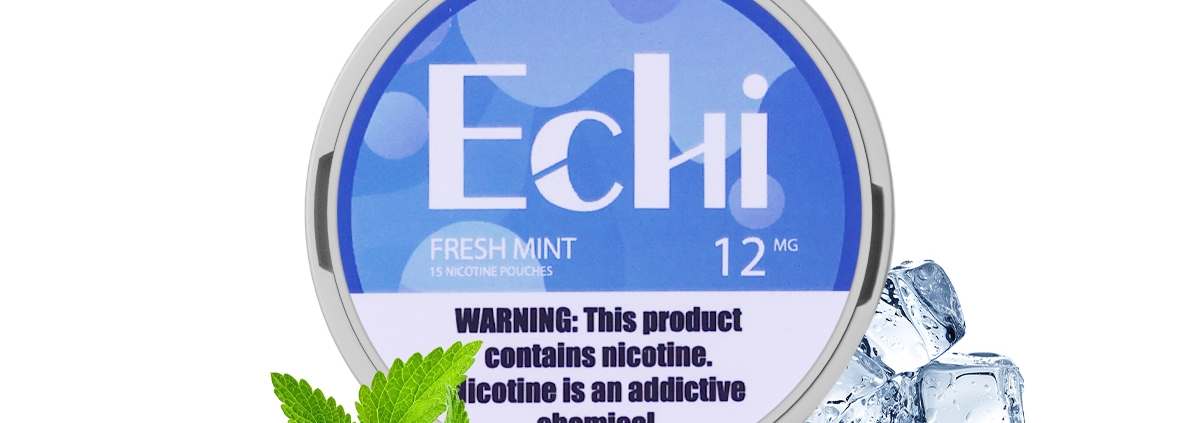
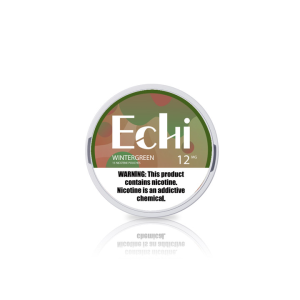
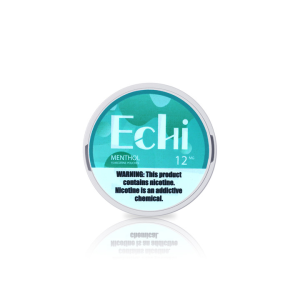

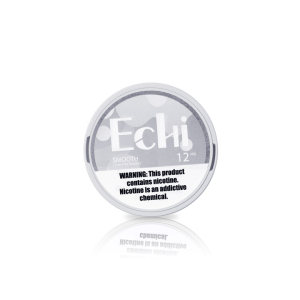
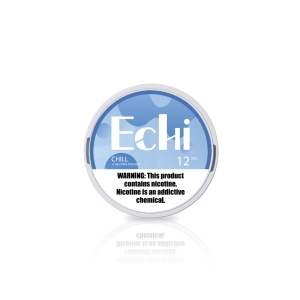
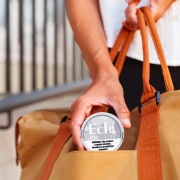
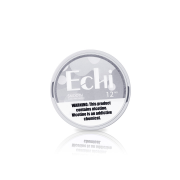
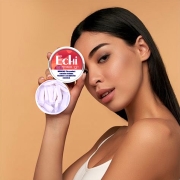
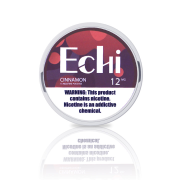
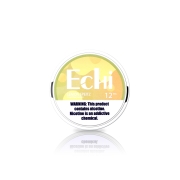


Leave a Reply
Want to join the discussion?Feel free to contribute!